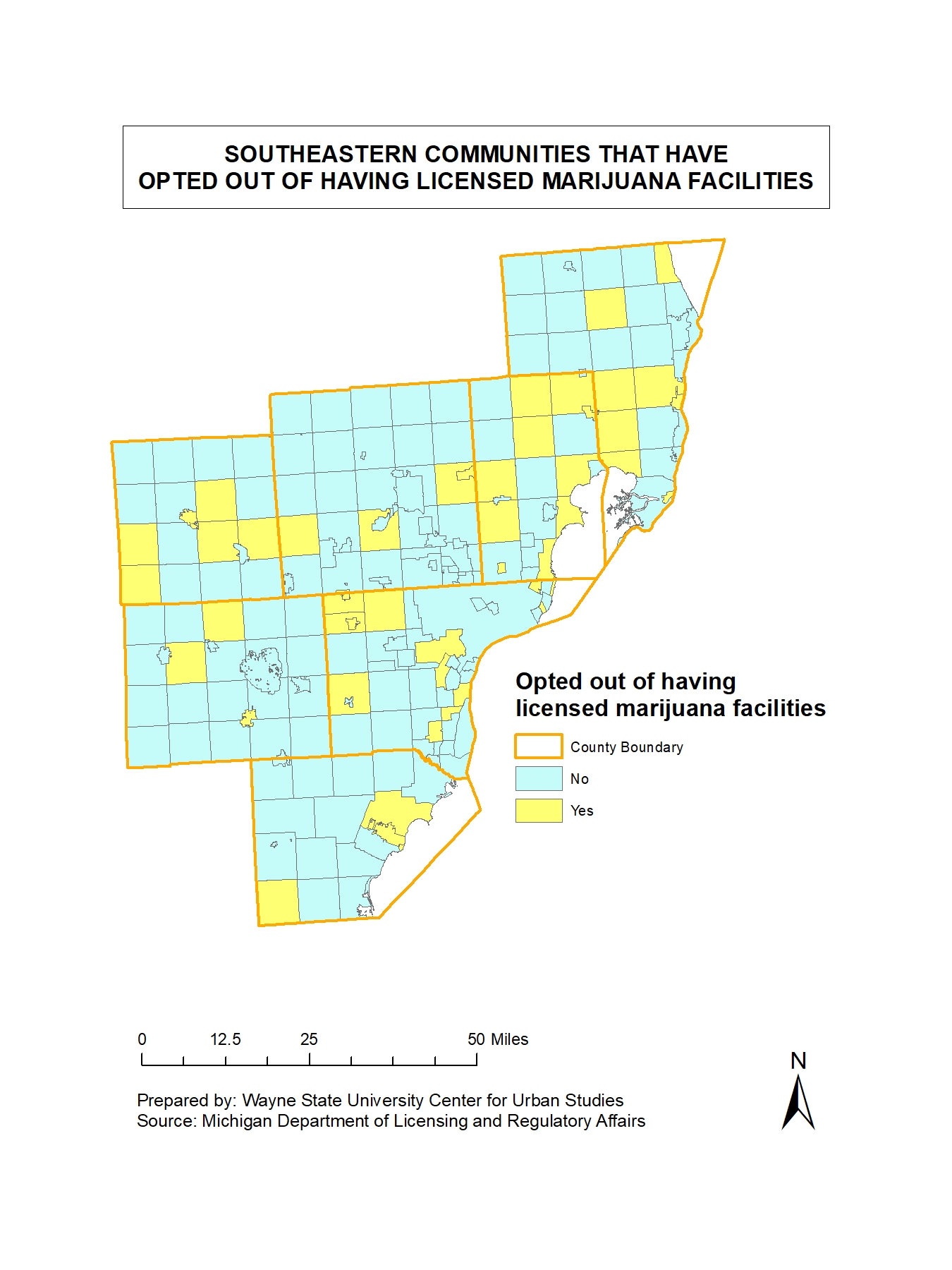In 2017, according to data from the Michigan Department of Health and Human Services, both Macomb and Wayne counties had the highest rate of opioid related deaths per 10,000 residents. Both counties had an opioid related death rate of 3.27. In our region, Oakland County had the lowest opioid related death rate in 2017 at 0.38.
When examining the sheer total of opioid related deaths between 2012 and 2017 we see that Wayne County not only had the highest total number of deaths each year, but also the largest increase. Between 2012 and 2017 Wayne County had an increase of 335 in the number of opioid related deaths. Macomb County had the second highest total number of opioid related deaths each year in the region, growing from 132 in 2012 to 285 in 2017. Macomb and Wayne counties were the only two in the region with opioid deaths totaling more than 100 each year.
Just last week, Gov. Gretchen Whitmer and former New York City Mayor Michael Bloomberg stood inside a Macomb County fire and rescue building to report that the State of Michigan was a recipient of a $10 million grant from Bloomberg Philanthropies to combat the opioid crisis. Through this grant, and various partnerships, high-impact, state-based interventions with a focus on identifying novel approaches to address gaps in current treatment and prevention programs,” will occur. Programs already in place in Michigan to combat the opioid crisis include expanding the distribution of naloxone (a drug used to counter-act opioid overdoses) into the community, a Michigan State Police program that allows victims of addiction to walk into any MSP post and get help without fear of being criminally charged and providing access to real-time information on prescription data and analytics of controlled substances for prescribers and pharmacists.





